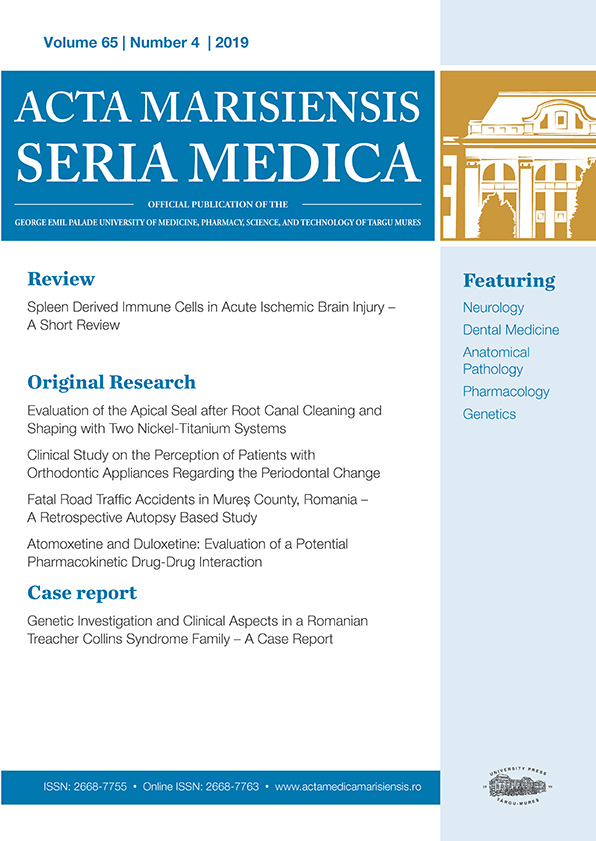Epidemiology and Public Health Challenges of Echinococcosis in the Republic of Moldova
Abstract
Objective: This study aims to analyze the current epidemiological trends of echinococcosis in the Republic of Moldova and evaluate the effectiveness of existing surveillance and control measures. Methods: A retrospective observational study was conducted using national epidemiological surveillance data from 2011 to 2024. Incidence rates, geographical distribution, and age-specific trends were analyzed. Statistical analysis included calculation of intensive and extensive indices to assess disease burden. Results: Between 2011 and 2024, 985 cases of echinococcosis were reported, with a peak incidence in 2012–2013 and a decline until 2020. However, cases increased again from 2022. The disease predominantly affected adults (51–60 years) and was more prevalent in females (53% of cases). Hepatic involvement was the most common localization (79.4%). The southern regions exhibited the highest burden. Control measures, including deworming programs and public health campaigns, contributed to incidence reduction but require further optimization. Conclusions: Echinococcosis remains a significant public health concern in Moldova, with fluctuating incidence rates and persistent endemicity. Enhanced surveillance, improved diagnostic strategies, and One Health-based preventive interventions are essential for sustainable control.
Copyright (c) 2025 Alexandru Sîrbu, Diana Spătaru

This work is licensed under a Creative Commons Attribution 4.0 International License.









